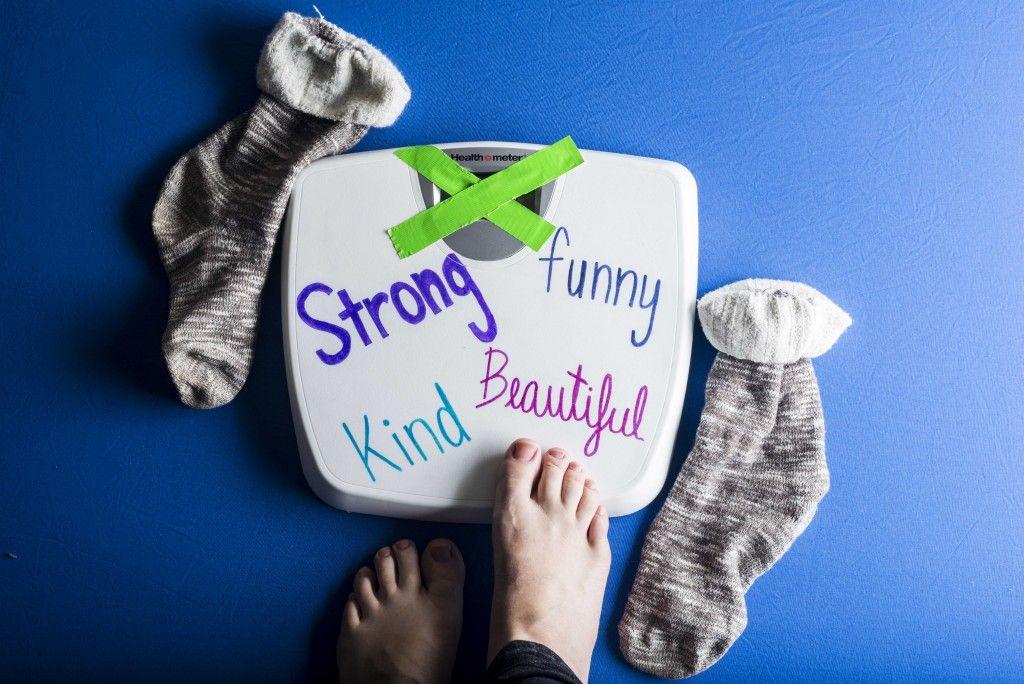Thin. Thigh Gap. Fit. Tall. Muscular. Stylish.
Eating disorders know no limit to gender, age or ethnicity. Researchers and professionals at Texas A&M are working to learn more about these disorders, to treat students and to better inform the public.
The average American woman weighs 160 pounds — a fact Texas A&M researchers say is rarely reflected in modern media and is instead replaced with impossible or improbable ideas of beauty.
Srividya Ramasubramanian, communication instructor at Texas A&M, knows the disconnect between reality and the media well. She studies how mass media affects the body images of media consumers, and said the media’s narrow definition of beauty can have a damaging effect on women, especially young girls.
“There is a lot of research that shows that media plays an important role in shaping the different ideas of what is an ideal body,” Ramasubramanian said. “There is a drive to pursue a thinness, in even girls as young as 9 or 10.”
Ramasubramanian said the media reinforces a “very narrow definition of beauty.”
“We see that in many, many ways,” Ramasubramanian said. “We see that in magazines that show very thin images. If we look at the average American woman, her size is around 160 pounds. But the average model in many of these ads and mediums is much smaller. It’s a very constructed idea of what is beauty and that kind of body is impossible to achieve.”
Ramasubramanian said women — specifically younger ones — engage in social comparison from these images. They internalize impossible or improbable beauty ideals commonly seen in media and become dissatisfied when they can’t achieve them, leading to psychological or behavioral symptoms related to eating disorders.
Elisa McNeill, a health education instructor, said the largest issue all eating disorders are centered around is a need to have a sense of control.
“A lot of times, things are spiraling out of control and they truly believe that there is not a lot they can do about it, but they do have the ability to control their food intake,” McNeill said.
McNeill said in some cases the praise that those with disorders receive after losing weight can contribute to further reinforcement of behavior.
“They say, ‘Well hey, I can get this reinforcement again,’” McNeill said. “You see this pattern kind of spiral around itself and then they spiral down further.”
McNeill said common disorders include anorexia nervosa and bulimia.
“You also have what is called physical activity bulimia where the food isn’t the issue but overexercise is the issue,” McNeill said.
Both Ramasubramanian and McNeill advocate media literacy as a way to combat negative body image pressures from the media.
“It boils down to being a literacy issue when you look at an ad, or you look at a piece of propaganda to sit and analyze,” McNeill said. “Where is the source? Who is funding that? What is the message that they’re portraying? Whose best interest is it in the end?”
Ramasubramanian said the public needs to realize that much of media is driven by the consumer industry. Ramasubramanian said media consumers must reflect on who is shaping these messages.
“There is a ‘fantasization’ in the mind of men of beauty also creating these images,” Ramasubramanian said. “Now, it’s the curvaceously thin body type like the Lara Croft type of body.”
Ramasubramanian said this hyper-sexualized, unrealistic standard of beauty is part of a cultural, systemic problem rather than a series of isolated incidents.
“There is an entire genre of media that celebrates thinness and punishes those that are considered ‘fat,’” Ramasubramanian said.
Both Ramasubramanian and McNeill believe education across many scales are integral in combatting both negative body issues and spreading awareness of eating disorders. McNeill said in the field of health education, the idea of approaching health issues with a multi-layered focus is called ‘the social ecological model.’
Meghan Windham, a dietician at Texas A&M, specializes in adolescents with eating disorders, and said the first step is noticing something is wrong.
“The first step is just saying ‘Something doesn’t feel right and this is a concern to me,’ and that’s a huge first step for most people,” Windham said.
Windham emphasized the opportunities available for students on campus.
“We have what we call an eating disorder interdisciplinary team and we work very closely, myself and one physician here and then the counseling center,” Windham said.
Windham said for most patients, admittance and trusting the help of medical professionals can be the two most difficult steps.
“There’s that, ‘There is no dumb question,’ and there’s no one symptom for eating patterns that most professionals who have worked in this field haven’t seen,” Windham said. “So don’t be fearful or afraid to seek that guidance.”
A&M researchers: Eating disorders fueled by artificial media portrayals
February 26, 2015
0
Donate to The Battalion
$2790
$5000
Contributed
Our Goal
Your donation will support the student journalists of Texas A&M University - College Station. Your contribution will allow us to purchase equipment and cover our annual website hosting costs, in addition to paying freelance staffers for their work, travel costs for coverage and more!
More to Discover










